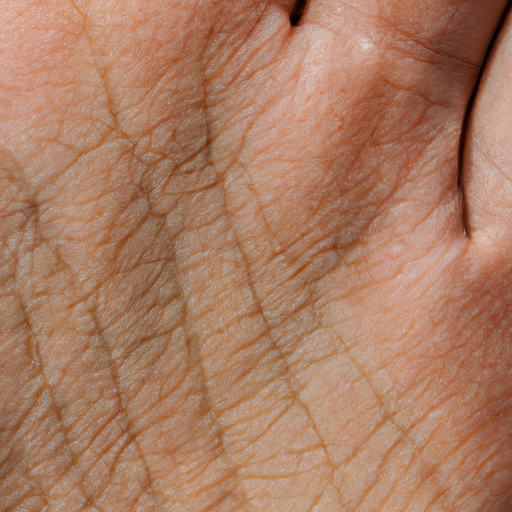Title: Unveiling Radiance: A Comprehensive Guide to Face and Body Exfoliants and Their Proper Use
As a medical professional, I am often asked about the best ways to maintain healthy skin. One of the most effective methods is regular exfoliation. Exfoliation is a process that removes the dead skin cells from the surface of your skin, revealing the fresh, new cells underneath. This process not only helps to improve the appearance of your skin but also enhances its health.
There are two main types of exfoliants: physical and chemical. Physical exfoliants use small particles or tools to physically scrub away dead skin cells. These can include products with ingredients like sugar, salt, or microbeads, as well as tools like brushes or loofahs. Chemical exfoliants, on the other hand, use acids or enzymes to dissolve the bonds between dead skin cells, allowing them to be easily washed away.
Physical exfoliants are generally recommended for body exfoliation, as the skin on our bodies is thicker and can handle more vigorous scrubbing. However, they should be used with caution on the face, as over-exfoliation can lead to skin irritation and damage.
Chemical exfoliants are typically better suited for facial use. They offer a gentler, more controlled method of exfoliation that can be tailored to specific skin types and concerns. For example, alpha hydroxy acids (AHAs) like glycolic and lactic acid are water-soluble and work best on the skin’s surface, making them ideal for dry or sun-damaged skin. Beta hydroxy acids (BHAs), such as salicylic acid, are oil-soluble and can penetrate deeper into the pores, making them perfect for oily or acne-prone skin.
Regardless of the type of exfoliant you choose, it’s crucial to use it correctly. Over-exfoliation can lead to skin irritation, inflammation, and even damage. As a general rule, physical exfoliants should be used no more than once or twice a week, while chemical exfoliants can be used more frequently, depending on their concentration and your skin’s tolerance.
Before starting any exfoliation routine, it’s important to patch test the product on a small area of your skin to ensure you don’t have an adverse reaction. Apply your chosen exfoliant according to the instructions, and always follow up with a moisturizer to replenish any lost hydration.
Additionally, because exfoliation can make your skin more sensitive to the sun, it’s essential to use a broad-spectrum sunscreen daily. This will protect your newly revealed skin cells from harmful UV radiation and prevent premature aging.
In conclusion, exfoliation is a powerful tool in maintaining healthy, radiant skin. By understanding the different types of exfoliants and how to use them properly, you can effectively enhance your skin’s natural beauty. However, always remember that everyone’s skin is unique, and what works for one person may not work for another. Therefore, it’s always best to consult with a dermatologist or skincare professional before starting any new skincare routine.



